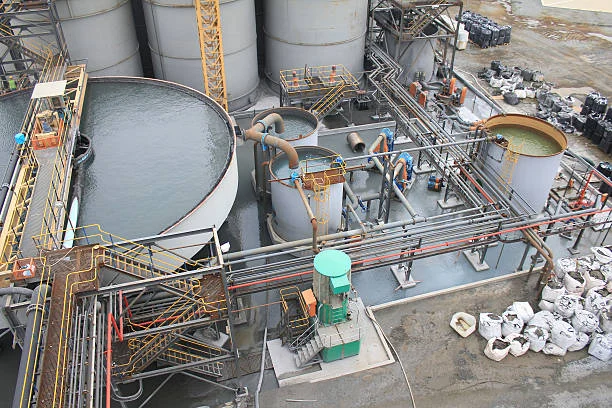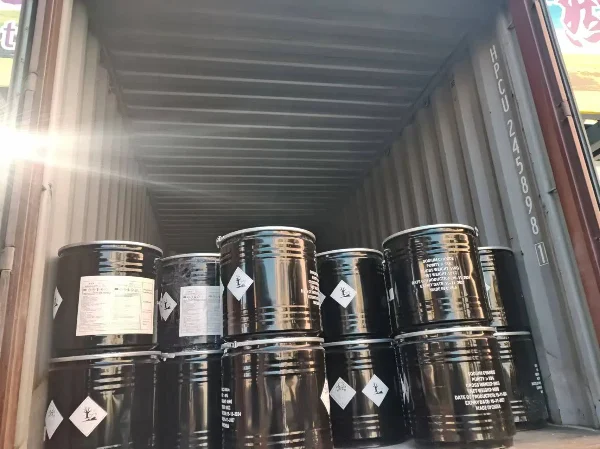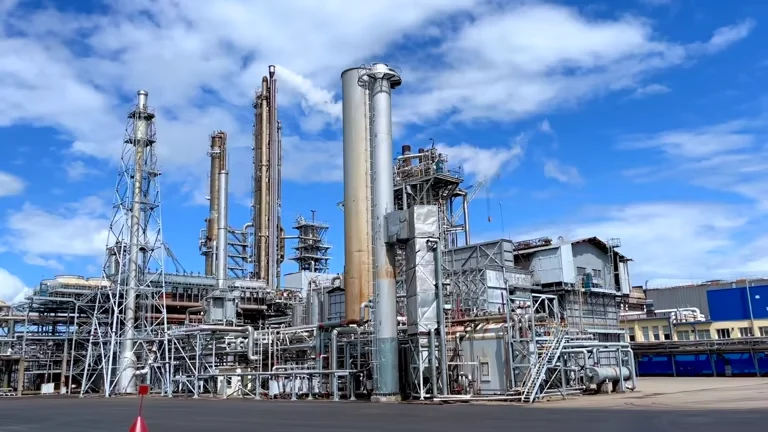
I. Regulatory Framework: The Legal Benchmark for Sodium Cyanide Operation
(A) Core Regulatory Bases
1.Regulations on the Safety Management of Hazardous Chemicals (Decree No. 591 of the State Council)
2.Measures for the Administration of Purchase and Road Transportation Licenses for Highly Toxic Chemicals (Order No. 77 of the Ministry of Public Security)
3.Measures for the Safety Management of Road Transportation of Dangerous Goods (Order No. 29 of the Ministry of Transport in 2019)
(B) Required Qualifications
1.Business Permits
Business Permit for Hazardous Chemicals (issued by the Emergency Management Department)
Purchase Permit for Highly Toxic Chemicals (approved by the public security organs)
2.Transportation Qualifications
Qualifications of Dangerous Goods Transportation Enterprises (recognized by the transportation department)
Qualification Certificates for Employees (drivers and escort personnel)
(C) Requirements for Full-process Control
Safety Management System
Preparation and Drills of Emergency Response Plans
Regular Training for Employees
Dynamic Safety Inspection Mechanism
II. The Multidimensional Value of Formal Qualifications
(A) Public Safety Assurance System
Special Storage Facilities: Corrosion-resistant Containers + Double-lock System + 24-hour Monitoring
Leakage Prevention and Control Technology: Automated Monitoring + Emergency Response System
Traceability Mechanism of Flow: Electronic Ledger for the Whole Life Cycle
(B) Construction of Industry Credibility
Transparent Operation Standards
Third-party Audit System
Release of Social Responsibility Reports
(C) Legal Risk Prevention and Control
Avoidance of Administrative Penalties (Maximum Fine of 500.000 Yuan)
Exemption from Criminal Liability (Illegal Operation May Be Punished with Fixed-term Imprisonment of More Than 5 Years)
Protection of Enterprise Credit
III. Enterprise Compliance Operation Practices (Taking United Chemical as an Example)
(A) Qualification Management System
Complete Three Certificates: Business Permit/Purchase Permit/Transportation Qualification
Dynamic Update Mechanism: Renew the Certificate Every Three Years + Quarterly Self-inspection
Regulatory Docking System: Real-time Data Upload
(B) Full-process Control Standards
1. Storage Link
Leakage Prevention Level: In Line with the EU CLP Regulation Standards
Fire Protection Configuration: ABC Dry Powder Fire Extinguishers + Sand Covering
Environmental Monitoring: Automatic Detection Every Hour
2. Transportation Link
Vehicle Standards: GB 13392-2005 Signs for the Transportation of Dangerous Goods
Route Planning: Avoid Densely Populated Areas + Real-time GPS Monitoring
Emergency Equipment: Cyanide Antidote + Protective Clothing
3. Usage Link
Five-layer Approval Process: Application → Department Review → Safety Confirmation → Receipt → Write-off
Quantity Control: Maximum Daily Usage ≤ 50kg
Remaining Recycling: 100% Waste Treatment
(C) Personnel Capacity Building
Annual Training: 40-hour Safety Courses + Practical Drills
Rate of Working with Certificates: 100%
Emergency Response: Initiate the Plan within 5 Minutes
IV. Industry Collaborative Governance Mechanism
(A) Innovation in Government Supervision
Establish a National Big Data Platform for the Supervision of Hazardous Chemicals
Implement the "Two Randomness and One Openness" Spot-check Mechanism
Optimize the Approval Process (Pilot of the Commitment-based Approval System)
(B) Main Responsibilities of Enterprises
Construction of Safety Culture: Application of DuPont Safety Management System
Supply Chain Control: Supplier Qualification Review System
Public Communication Mechanism: Annual Safety Open Day
(C) Social Supervision Network
Establish a Reward-based Reporting System
Carry out National Safety Science Popularization
Media Supervision Mechanism
V. Future Outlook
The construction of a Legal Operation system for Sodium Cyanide requires:
Technological Innovation: Application of AI Monitoring System
Standard Upgrading: Align with the International GHS Standards
Industrial Collaboration: Establish a Logistics Alliance for Hazardous Chemicals
Conclusion:
The safety control of sodium cyanide essentially safeguards the value of life. By constructing a trinity governance system of "regulations, technology, and culture", it is possible to meet the needs of industrial production and build a solid public safety defense line, ultimately achieving a dynamic balance between industrial development and social responsibility.
- Random Content
- Hot content
- Hot review content
- Polyethylene Glycol PEG - 2000/4000/6000/8000 alcohol ethoxylate surfactant
- OCCUPATIONAL HEALTH & SAFETYMANAGEMENT SYSTEM CERTIFICATE
- Unlocking the Power of Mineral Processing Chemicals: Enhancing Efficiency and Sustainability
- Industrial Grade Sodium Metabisulfite 96.5%
- Powdery emulsion explosive
- High-precision Delay Element( 25ms- 10000ms)
- Sodium Persulfate,Sodium Persulphate,supplier 99.00%
- 1Discounted Sodium Cyanide (CAS: 143-33-9) for Mining - High Quality & Competitive Pricing
- 2China's New Regulations on Sodium Cyanide Exports and Guidance for International Buyers
- 3Sodium Cyanide 98% CAS 143-33-9 gold dressing agent Essential for Mining and Chemical Industries
- 4International Cyanide(Sodium cyanide) Management Code - Gold Mine Acceptance Standards
- 5China factory Sulfuric Acid 98%
- 6Anhydrous Oxalic acid 99.6% Industrial Grade
- 7Oxalic acid for mining 99.6%
- 1Sodium Cyanide 98% CAS 143-33-9 gold dressing agent Essential for Mining and Chemical Industries
- 2High Quality 99% Purity of Cyanuric chloride ISO 9001:2005 REACH Verified Producer
- 3Zinc chloride ZnCl2 for High Molecular Weight Polymers Initiator
- 4High Purity · Stable Performance · Higher Recovery — sodium cyanide for modern gold leaching
- 5High Quality Sodium Ferrocyanide / Sodium Hexacyanoferr
- 6Gold Ore Dressing Agent Safe Gold Extracting Agent Replace Sodium Cyanide
- 7Sodium Cyanide 98%+ CAS 143-33-9










Online message consultation
Add comment: